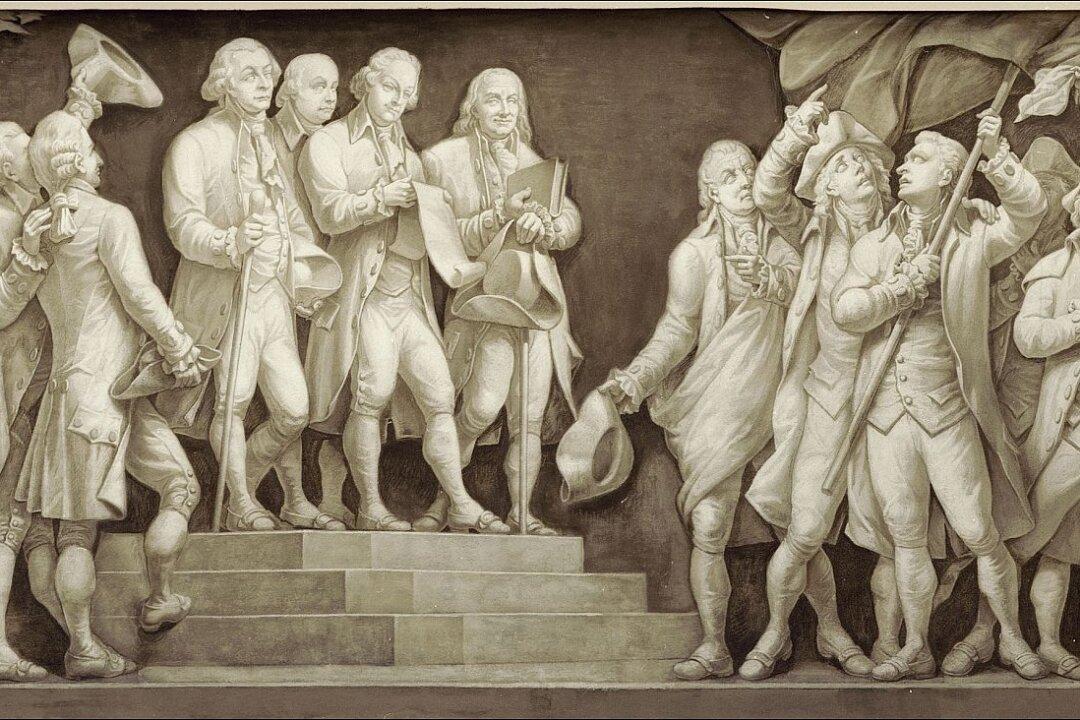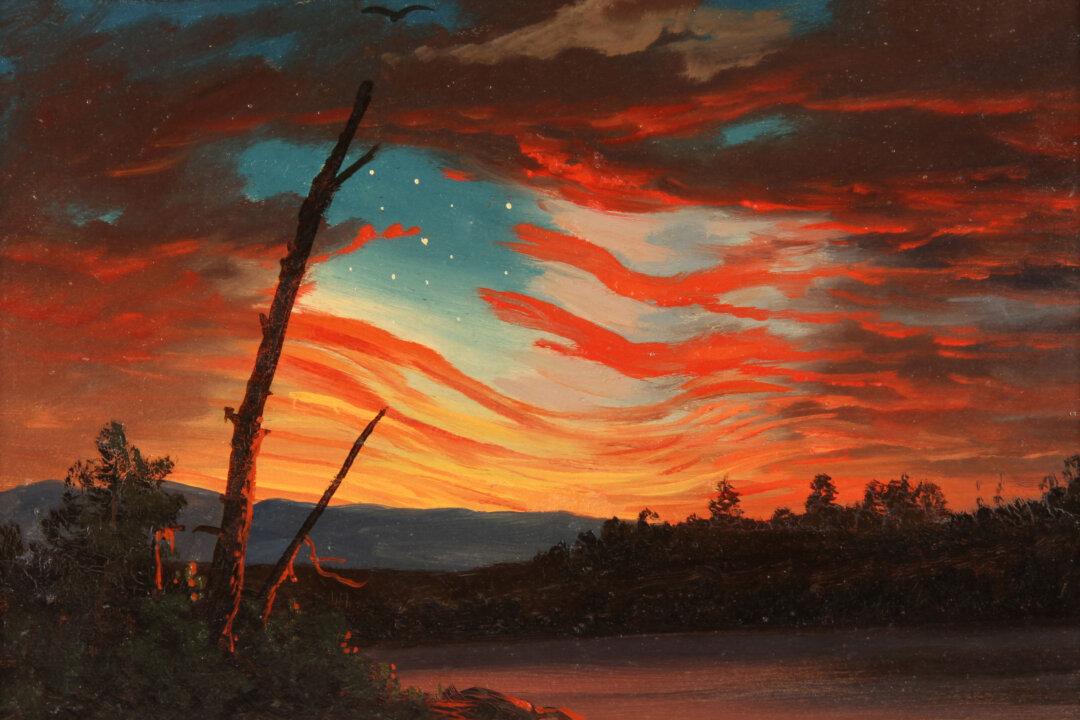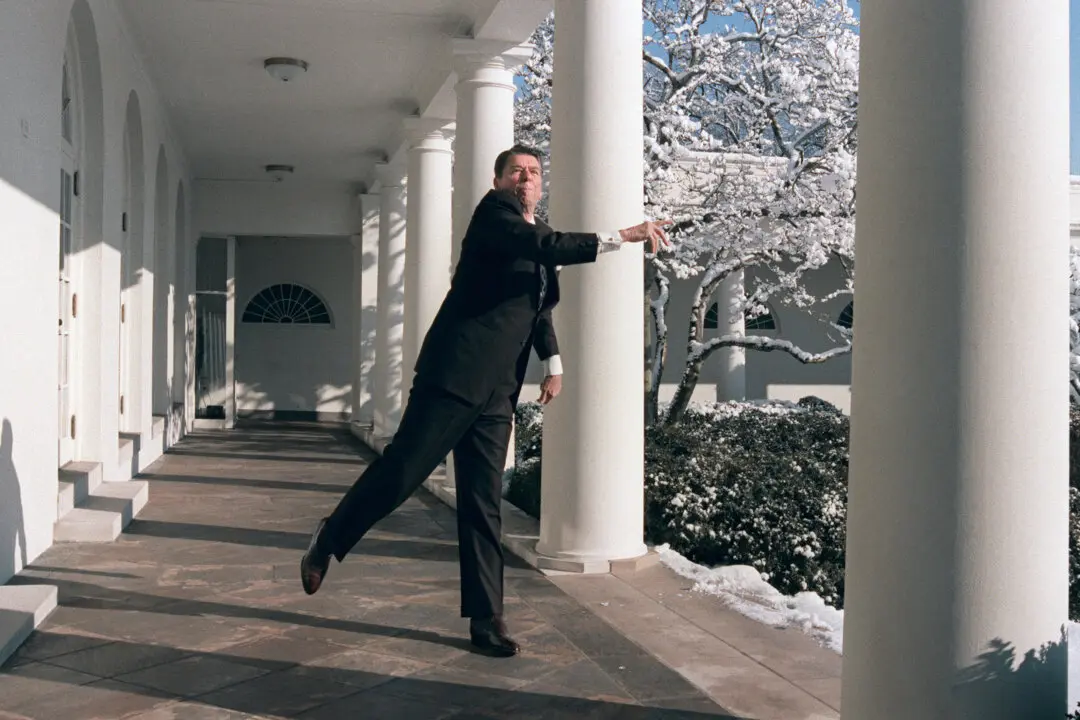Becca meets John at a backyard barbeque put together by mutual friends. They hit it off, finding common ground in movies they’ve enjoyed, and decide to get together for coffee. Over the next few weeks, they become friends, but after a while Becca realizes the attraction has deepened. She’s falling in love.
The result? She begins asking more and more questions of John, eager to learn as much as possible about him. Does he enjoy working for his father’s construction business? What was it like growing up in a small town? Is he on good terms with his brother and sister? What are his political affiliations? The best moment of his childhood? Does he go to church? What are his hopes for the future?






